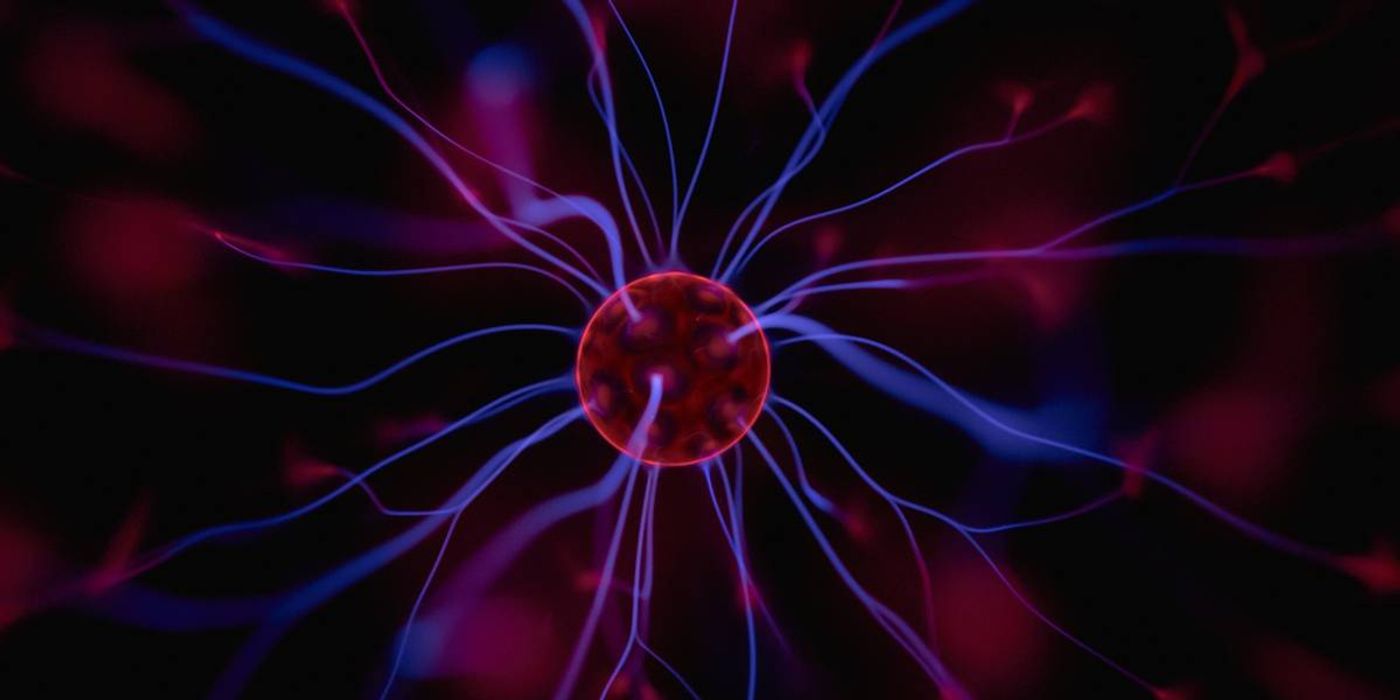Record-making Nuclear Fusion Device to Rescue Dwindling Medical Isotope Supply
Neutron generators are a type of nuclear fusion device that can produce a stream of neutrons through merging hydrogen atoms. Because of the intrinsic nature of neutrons — heavy yet electrically neutral — neutron generators enable scientists to examine the inner structure of different materials (such as human bodies or shipping containers) in a non-destructive fashion.
In a joint announcement, two Wisconsin-based companies, Phoenix LLC and SHINE Medical Technologies, declared that their state-of-the-art neutron generator has recently renewed the world record for nuclear fusion in a controlled environment. Their powerful system is capable of pumping out 46 trillion neutrons per second, exceeding the previous record by 25%.
The concept of a neutron generator was developed in U.K.'s Cavendish Laboratory back in the 1930s. The device accelerates one or more hydrogen isotopes using a linear accelerator and smashes the atoms onto a metal hydride target. The fusion reaction produces helium-3 and neutrons. Using a prototype generator, Australian physicist Mark Oliphant and his team successfully demonstrated nuclear fusion for the first time.
While neutron generators do produce fusion reactions, the number of accelerated ions that cause these reactions is very low. According to the Phenix's account, their technology uses a microwave-powered deuterium ion source and gaseous target, which leads to a significantly improved yield of neutrons as compared to all previous designs.
SHINE is planning to take advantage of this breakthrough to create a safe, cost-effective and environmentally-friendly process to produce medical isotopes such as molybdenum-99 (Mo-99) and its daughter isotope technetium-99m (Tc-99m).
Manufacturing Molybdenum-99 for medicine at TUM's Research Neutron Source (TUM)
Tc-99m, the most important radioisotope in nuclear medicine, covers over 90% diagnostic imaging procedures worldwide at its peak. It is produced from the decay of Mo-99, a by-product of uranium-235 fission. Traditionally, the manufacturing of Mo-99 was done in a research nuclear reactor. But as many of these reactors reached the end of their life and got shut down permanently, the medical community has been put under crisis mode due to the serious shortage.
Related reading: Battle of the elements: technetium-99m diagnoses disease then decays away
The system developed by Phoenix can direct the high-energy beam of neutrons into a tank full of aqueous uranium solution. The bombardment of uranium atoms causes them to split into multiple atoms of lighter elements including Mo-99. This method eliminates the need for nuclear reactors for the production process, and the use of low-enriched uranium (LEU) as the target material also complies with the non-proliferation efforts championed by the International Atomic Energy Agency and the federal regulator in the U.S.
Greg Piefer, SHINE’s CEO and founder, commented on the rationals behind developing the neutron generator in the interview with Physics World: “The world-record proves the accelerator technology is suitable to produce medical isotopes at the scale required to support a robust business case. It is also a stepping stone toward advancing fusion for other, more ambitious applications, including the recycling of nuclear waste and ultimately the creation of cleaner, safer and more abundant energy.”
Source: Physics World









